Kevin Magnussen and Haas have a place in Formula 1 folklore after mastering a damp Interlagos better than anyone else and taking pole for the 2022 Brazilian Grand Prix sprint race.
But pulling off a qualifying shock is an easier feat than sustaining that performance over a full race distance.
Magnussen doesn’t actually have to quite do that – a sprint race win would be a superb achievement in itself, and he only has to fend off the faster cars for 24 laps to do that.
Quite a few shock polesitters have blown their chances rather quicker than that, though. There are some glorious exceptions, but for plenty of underdog qualifying heroes, the subsequent race day is best forgotten.
Here are some examples from F1 history for Magnussen to bear in mind.
COMPETITIVE GRAVITY STILL APPLIES
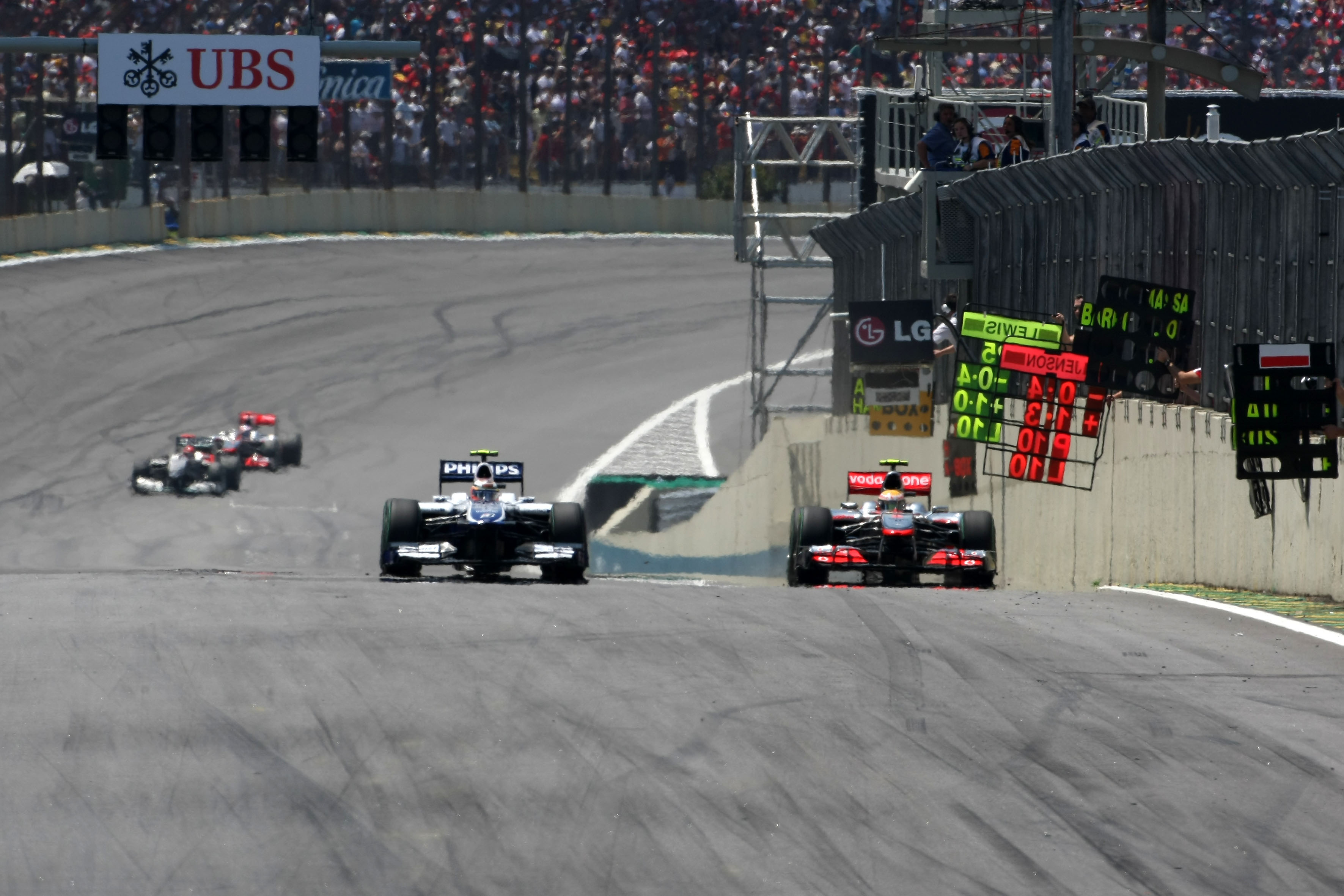
Rubens Barrichello’s 1994 Belgian GP pole for Jordan and Nico Hulkenberg’s 2010 Brazilian GP pole for Williams are among F1’s most fondly-remembered pieces of mixed conditions underdog mastery in a qualifying session.
But keeping a not-quite-competitive car ahead of the season’s genuine frontrunners is very, very hard in a normal race.
Both went backwards when the race days brought dry weather – Barrichello down to fifth by lap three at Spa and 30 seconds from leader Michael Schumacher within eight laps, Hulkenberg fading to a lapped eighth (not even his best result of 2010) by the finish at Interlagos.
Their presence among the lead group in those races actually split the pack up, with Damon Hill already 10s behind title rival Schumacher by the time he cleared Barrichello on lap three of Spa ’94 and Hulkenberg’s efforts to stay in the mix at Interlagos helping the Red Bulls of Sebastian Vettel and Mark Webber – who’d jumped the polesitting Williams off the start – to escape from a queue in which their championship rivals Fernando Alonso, Lewis Hamilton and Jenson Button were trapped.
TRY TO AVOID A BIG RACE DAY ERROR
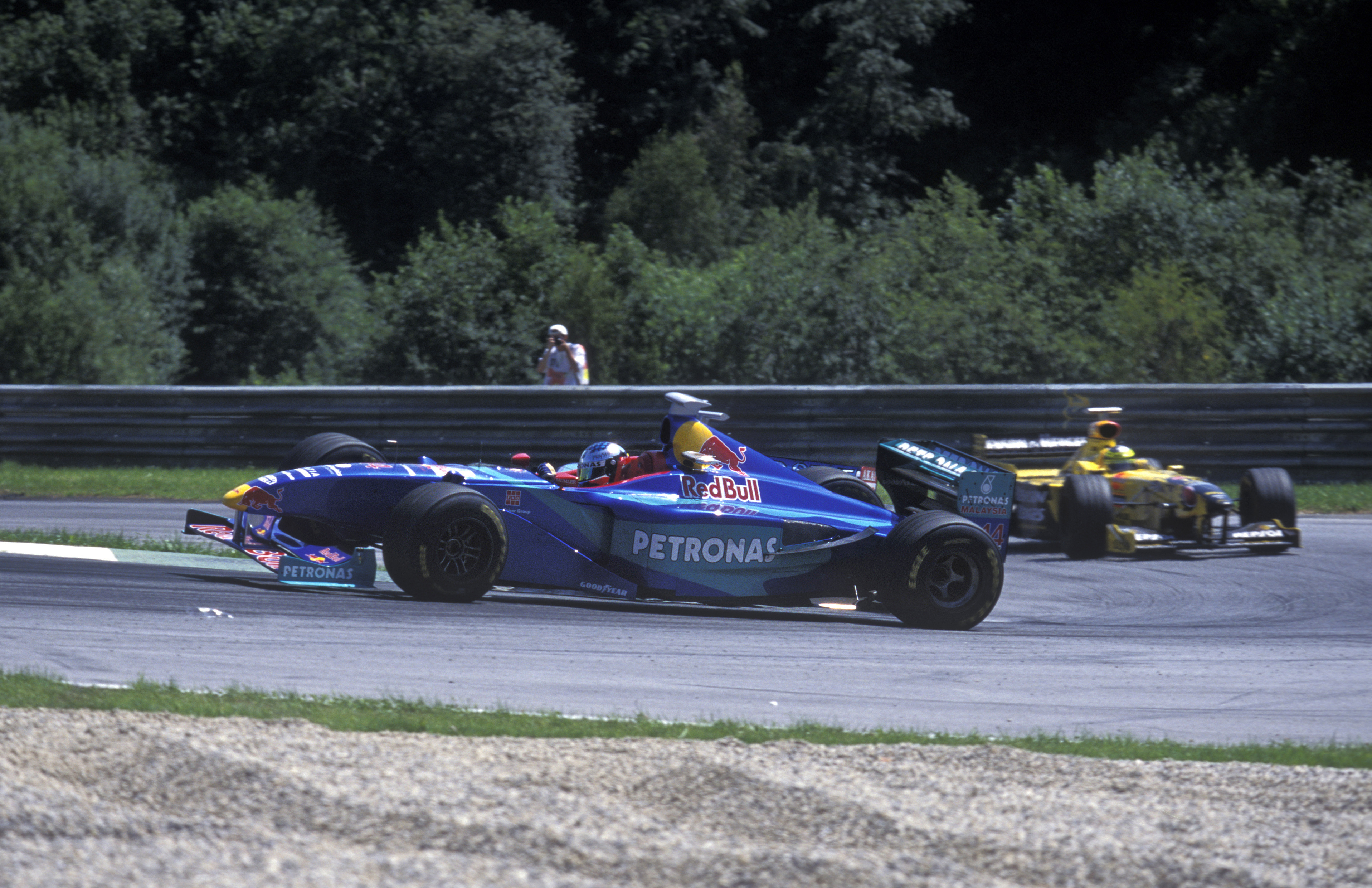
Barrichello had some superb races for Jordan in ’94, but the GP he started on pole wasn’t actually one of them. He skated into the Pouhon barrier on his out-lap after his first pitstop.
After Giancarlo Fisichella (Benetton) and Jean Alesi (Sauber) interrupted McLaren and Ferrari’s 1998 domination by filling the Austrian GP front row in changeable qualifying conditions, not only was normal service resumed ridiculously quickly in the race (title combatants Mika Hakkinen and Schumacher came from row two to first and second by Turn 1), the qualifying heroes then took each other out before one-third distance.
Fisichella rejoined from his first planned pitstop alongside the yet-to-stop Alesi, and they ran into each other at the hairpin at the top of the hill, ending both their races.
DON’T MAKE A TERRIBLE START
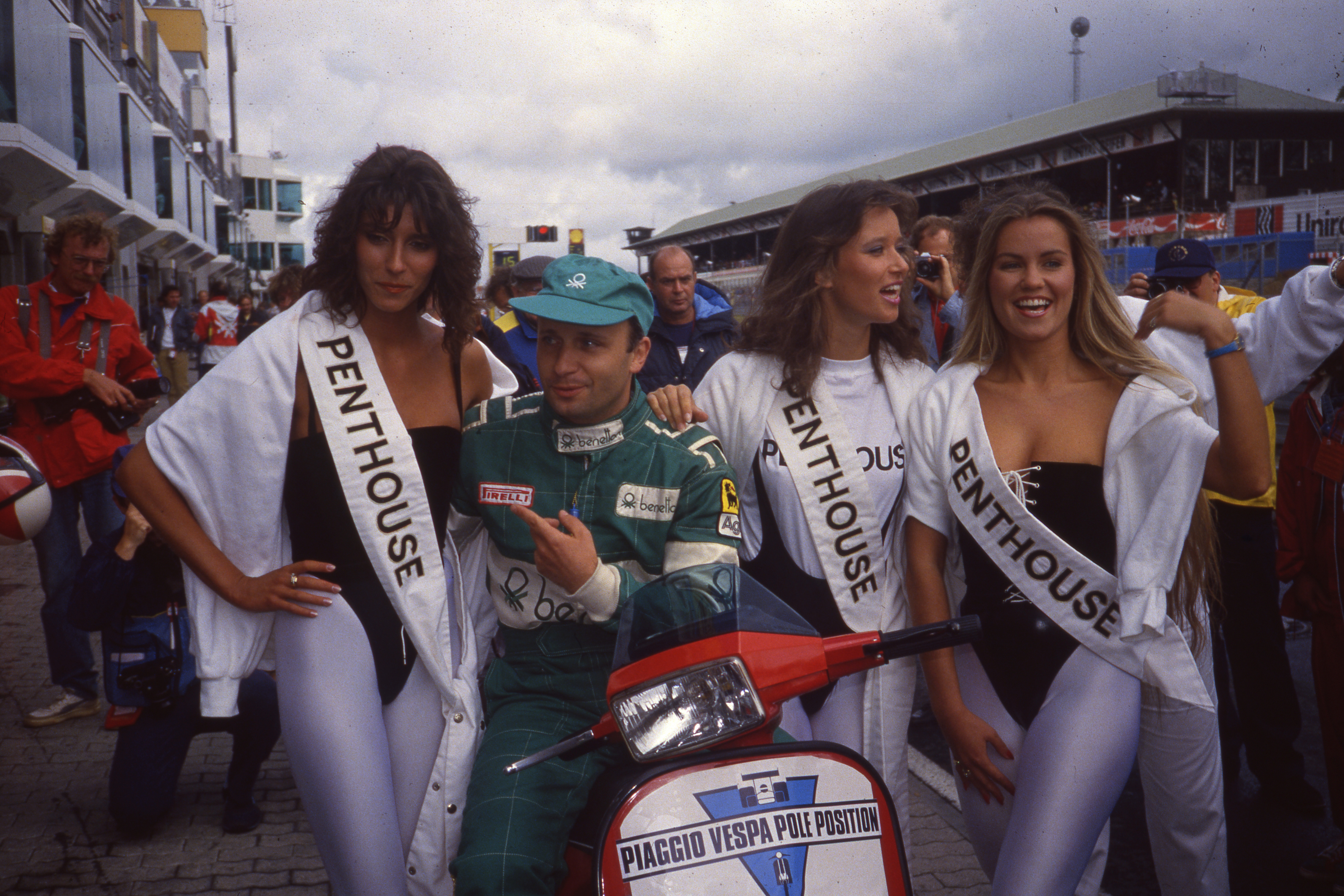
Teo Fabi’s Nurburgring 1985 pole for Toleman-Hart was a precursor to what the team later known as Benetton, Renault, Lotus, Renault again and now Alpine would go on to achieve. Though relatively anomalous for that season’s form, he did it on merit in the dry too (and then heavily crashed his spare car in wet second qualifying).
But he was nowhere near the front in the race. Amid a long wait for the green light, Fabi allowed the Toleman to creep forward a little, dipped the clutch and then got swallowed by the pack as the race started. He instantly dropped to eighth and was a distant ninth when the car’s clutch gave out completely before half-distance.
WEATHER CAN BE YOUR FRIEND ONE DAY AND YOUR FOE THE NEXT
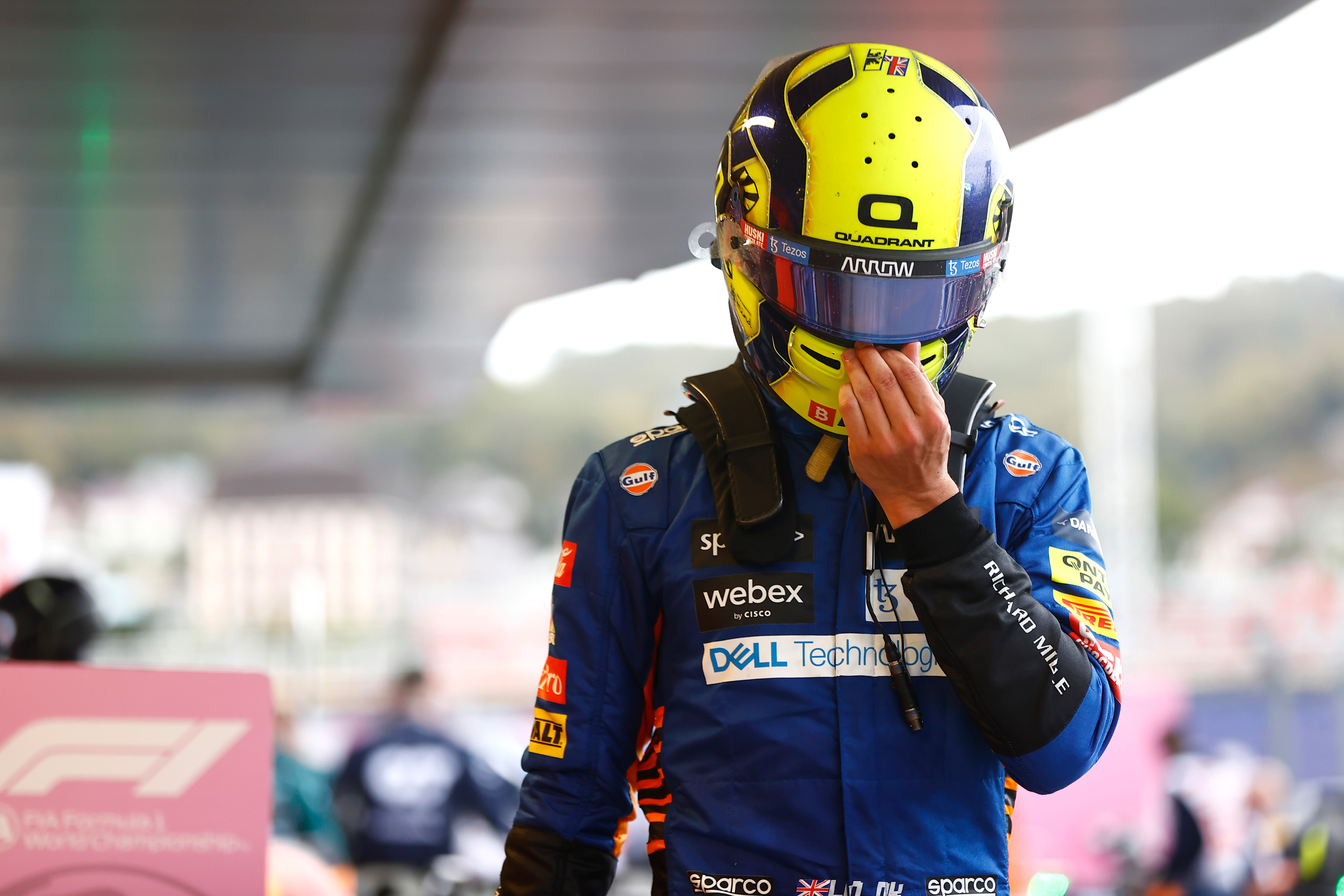
Just because you get the timing and tactics right in a rain-affected qualifying session doesn’t mean you’ll make similar good calls if there are similar weather headaches in the race.
Lando Norris and McLaren had an agonising end to a 2021 Russian GP they could’ve won from their surprise pole when Norris mistakenly tried to hang on with slicks as rain hit the end of the race. First place became seventh.
Lance Stroll’s 2020 Turkish GP decline was for a more subtle reason – he managed to control much of the race from pole but didn’t bring his fresh intermediates into their performance window carefully enough in that weekend’s weird combination of weather and track surface and massively lost race pace after his pitstop as a result, with his Racing Point team also citing some wing damage as a factor. He plunged to ninth.
In the case of the 1999 French GP, it wasn’t so much that Barrichello and the Stewart team got their tactics wrong, more that Heinz-Harald Frentzen and Jordan picked a better strategy.
Jordan committed to an absolutely full fuel tank at an early stop, confident that the rain would set in for the duration (thanks to forecasting info from a team member known as ‘Big Dave’ positioned near the circuit) and no pitstops for tyre changes would be needed. Frentzen duly moved to the front, and Barrichello fell to third after gallantly leading much of a very challenging race.
DON’T SWITCH YOUR CAR OFF BY MISTAKE
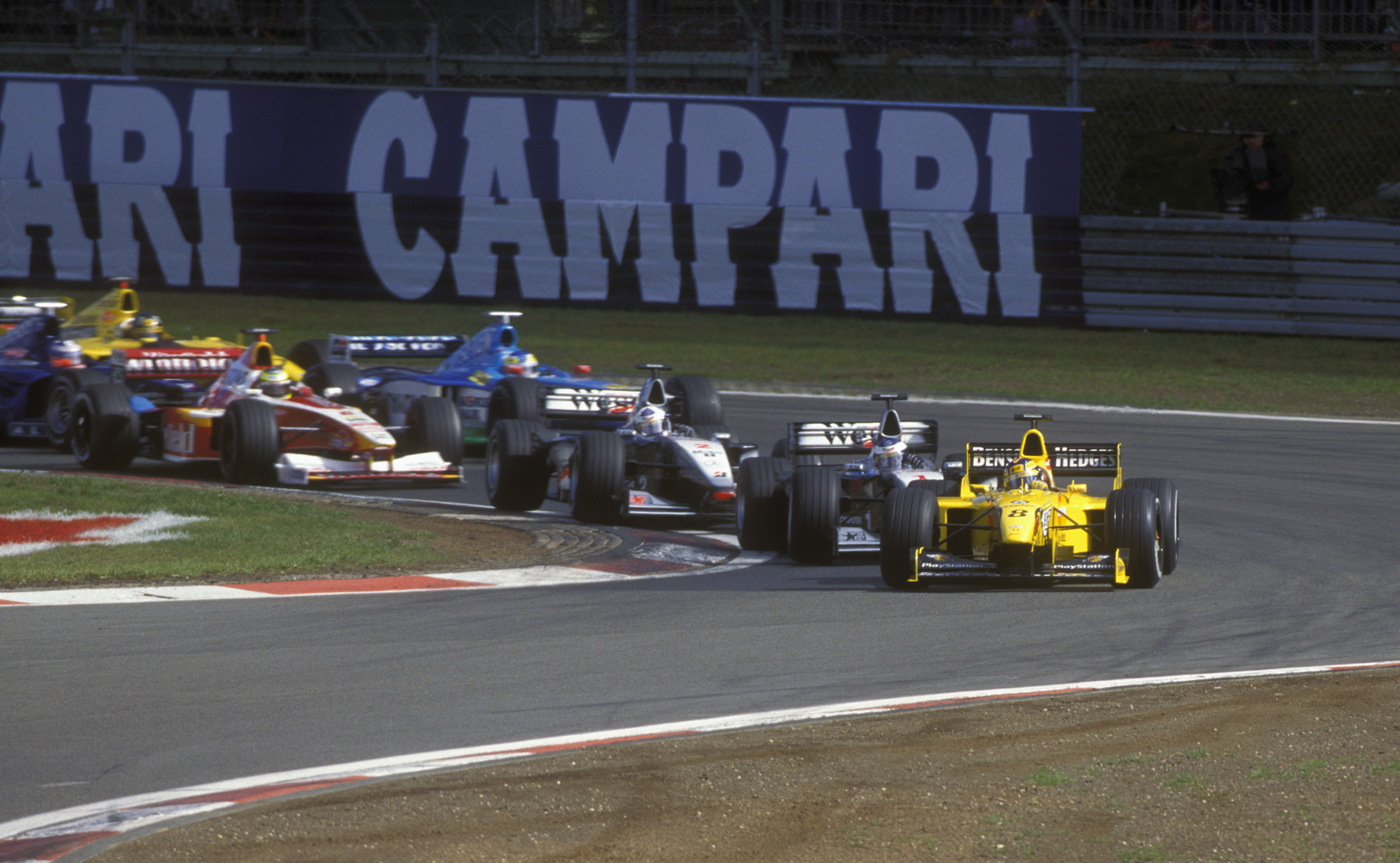
While we’re on the topic of Jordan and Stewart in 1999, we should mention the race that reversed the French GP storyline: the European GP at the Nurburgring, where it was Jordan taking the shock wet/dry pole but Stewart (with Johnny Herbert) winning the wet/dry race.
Frentzen looked capable of holding the McLarens off and taking a home win that would’ve made him a legitimate title contender until he failed to disengage the car’s legal traction control workaround as he left his first pitstop, causing the Jordan to cut out and retire.
Given sprint races have no pitstops and standard ECUs have ruled out traction control emulating trickery in modern F1, Magnussen’s highly unlikely to experience Frentzen’s fate.
DON’T GET FURIOUS IN TRAFFIC
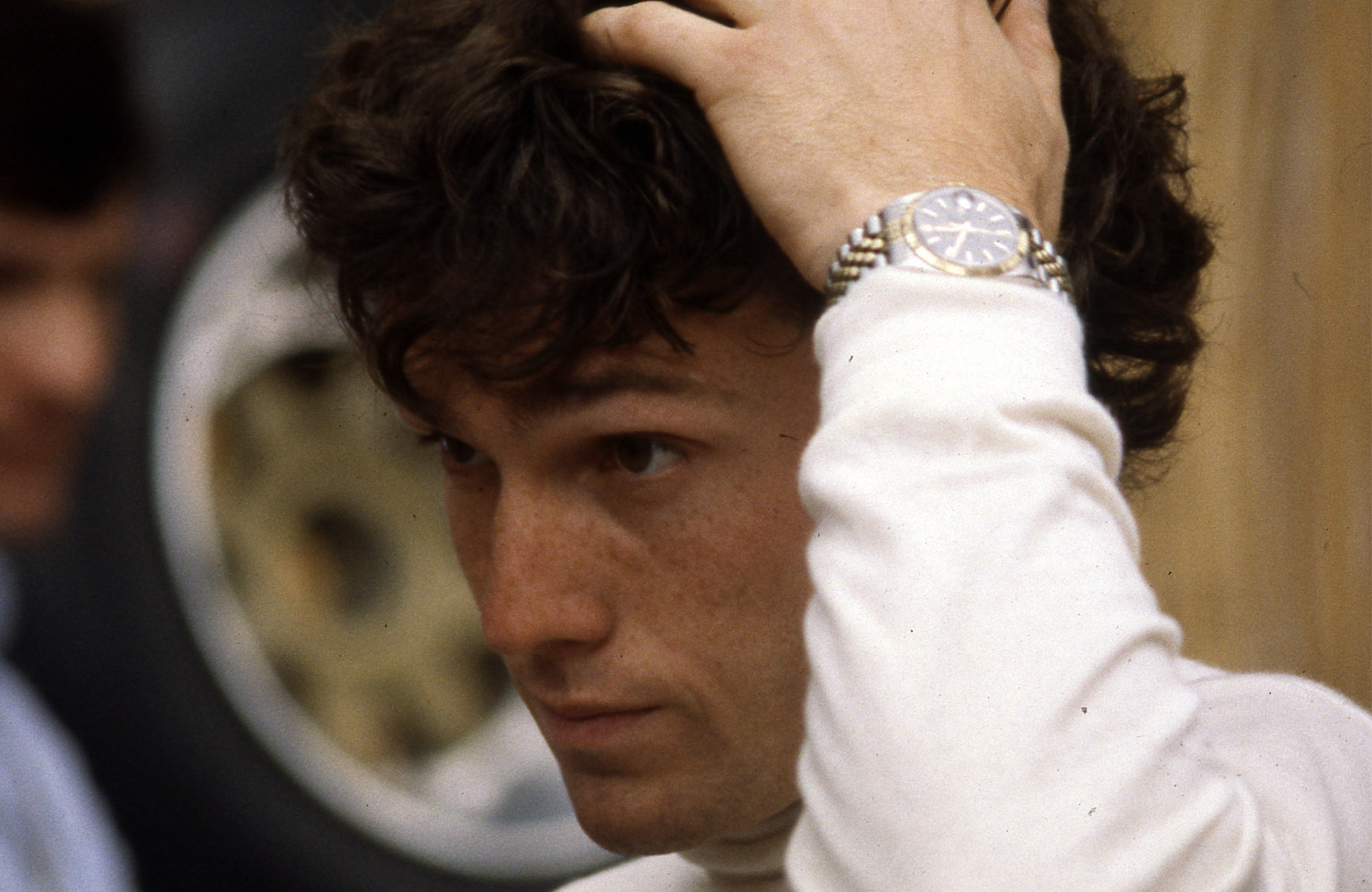
After a 1981 rookie season at McLaren so wayward that it allegedly convinced Ron Dennis never to hire an Italian driver again, Andrea de Cesaris took a surprise pole for new employer Alfa Romeo in Long Beach just three races into his second season.
He stayed composed in the lead for 14 laps, but then shook his fist at backmarker Raul Boesel after being baulked by the March. Which would have been fine, but he used his gear-changing hand at just the moment he should’ve been changing gear. Through cruised Niki Lauda, who went on to take the first victory of his F1 comeback.
De Cesaris later crashed out of second when distracted by signs of smoke from his rear brakes.
BEWARE OF CAREER CHANCES THAT FOLLOW UNDERDOG GLORY
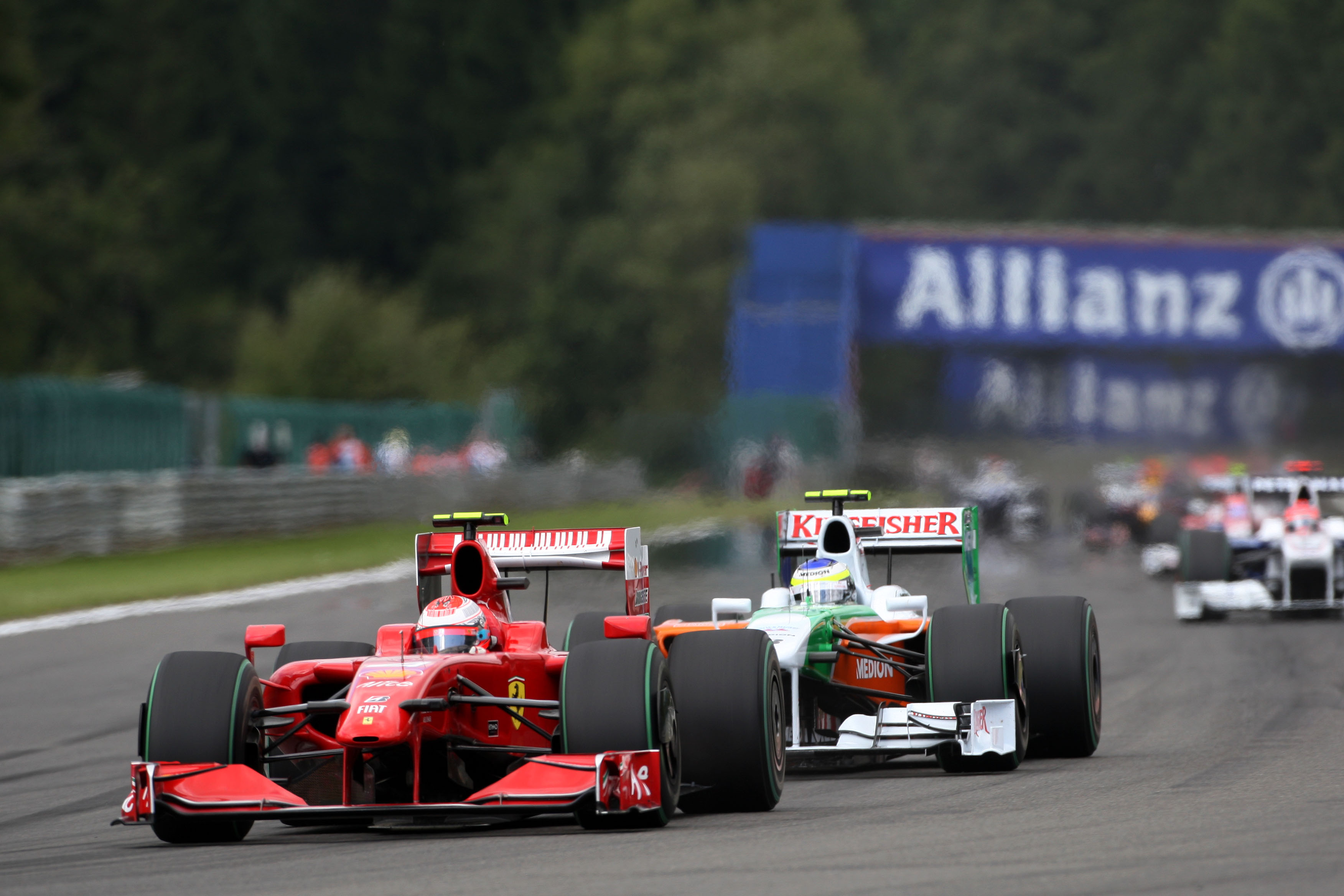
If he hadn’t been up against Kimi Raikkonen’s KERS-boosted Ferrari and its straightline speed advantage, Fisichella could probably have turned his out-of-the-blue 2009 Belgian GP pole for Force India into victory. Second was still an absolutely epic result.
And it duly earned him the Italian F1 driver’s dream: an immediate Ferrari call-up.
It seemed a good idea for the team – its test driver Luca Badoer had done a painfully bad job in his two races as stand-in racer following Felipe Massa’s Hungarian GP head injury. And it meant Fisichella could end his long F1 career as a Ferrari driver.
But he probably would’ve fared better staying put at Force India. The 2009 Ferrari was not an easy car to rapidly adapt to, and in his five races in it Fisichella never qualified higher than 14th or finished higher than ninth. He started last – Badoer-style – for his final grand prix in Abu Dhabi.
The fact Fisichella is still a Ferrari GT driver 13 years later shows it wasn’t a terrible career move overall. But it wasn’t the finale his time on the F1 grid deserved.
There’s no obvious big team vacancy for Magnussen to be parachuted into should he win at Interlagos, but he’s probably better off sticking with Haas into its better-funded 2023 season anyway.
BUT SOMETIMES, QUALIFYING GLORY IS JUST THE START
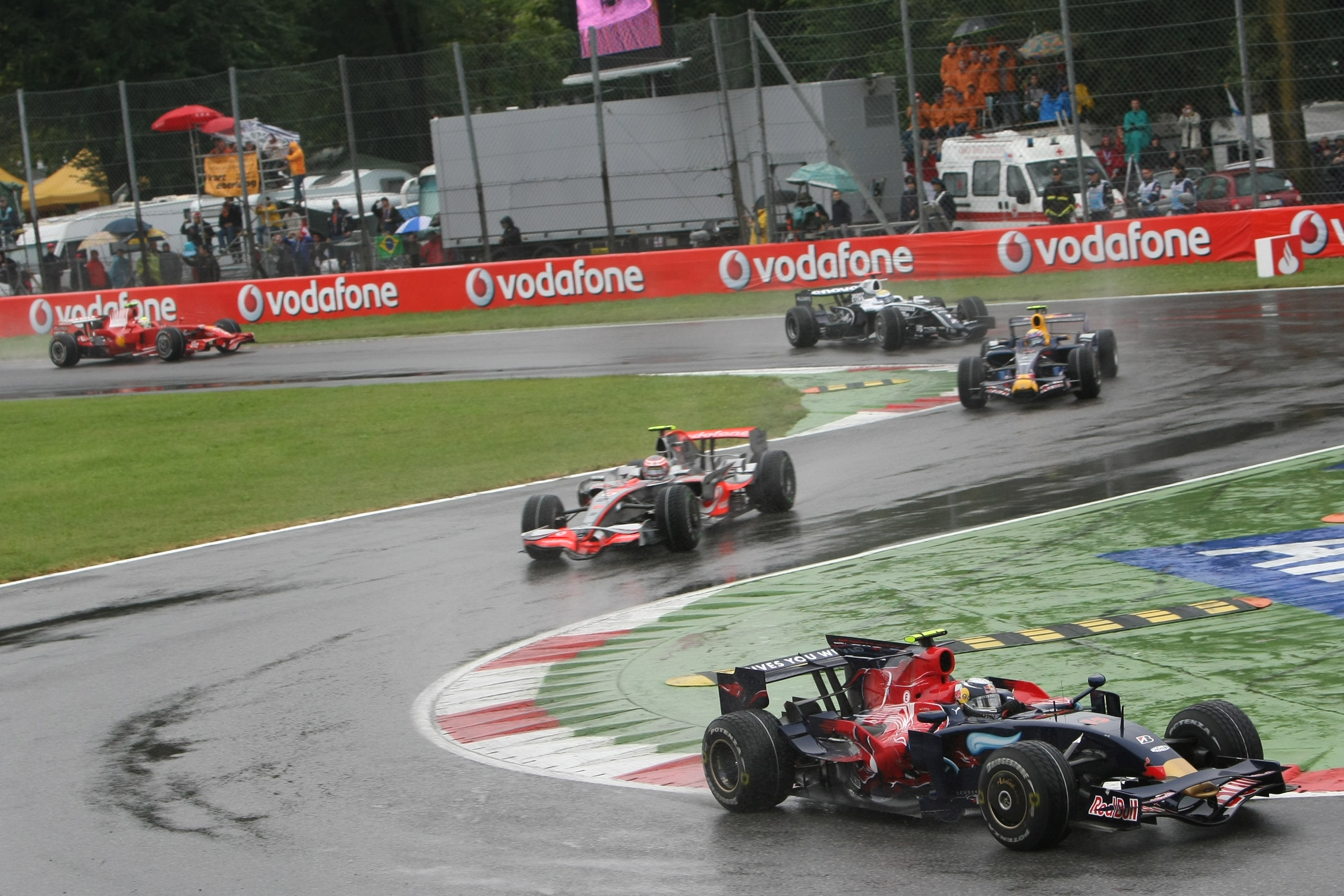
Despite all the evidence from the list above, it’s not impossible to follow up a shock pole with a shock win.
The finest example is Monza 2008, when Vettel and the compliant Toro Rosso outperformed all the usual big guns in wet qualifying, and then defied expectations by doing exactly the same again in a straight fight in the wet race.
Given Magnussen outpaced Max Verstappen’s Red Bull, George Russell’s Mercedes and Carlos Sainz’s Ferrari on a slippery surface in a straight fight in Interlagos qualifying with only a slight track position advantage, it’s not impossible to imagine him simply beating them all again on a similarly drizzly Saturday.





